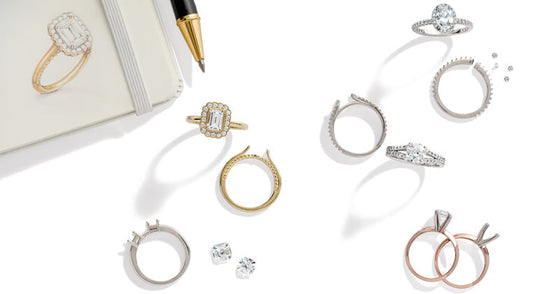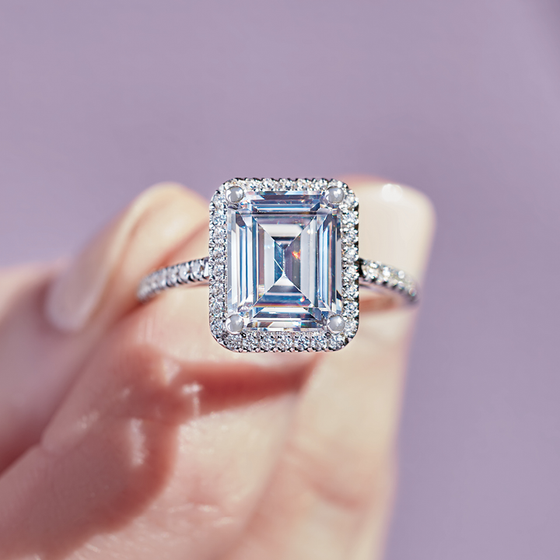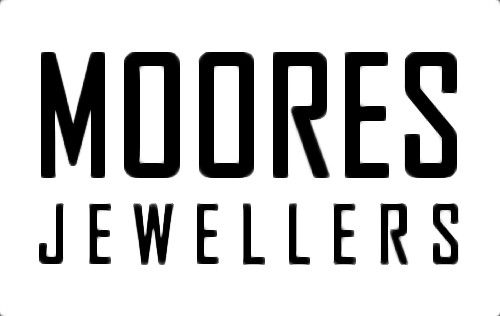September 15, 2017

Value can vary greatly from one diamond to another. This value is determined based on the four Cs: Cut, colour, clarity, and carat weight.

All gem-quality diamonds are rare, taking billions of years for nature to form them. The journey from the mine to you is long and arduous. While the four C's information helps you to identify the quality of the diamond you are purchasing, it is the combination of these four characteristics which determine a diamond's rarity. If you imagine a four-sided pyramid, with each side being a diamond characteristic—the more readily available diamonds form the base of the pyramid while the rarest diamonds are at the top. Keep this pyramid in mind when you are selecting your diamond. Your selection of characteristics will determine rarity and value. And remember—beauty is in the eye of the beholder. A diamond can only be truly perfect if you think it is beautifully perfect for you.
When people think of cut, they often think it’s the shape of the diamond. But, it’s about how light is returned due to a diamond’s facets. Cut is responsible for brilliance, fire, and scintillation of a diamond.
Brilliance is the combination of all of the white light reflected from the surface and the inside of the a diamond
Fire are flashes of color you see in a polished diamond
Scintillation are flashes of light you see when the diamond, the light, or the observer moves
For the best results, proportions of its facets, symmetry, the relationship of its weight to its diameter, girdle thickness, and quality of its polish have to come together in just the right way.

A diamond’s colour is measured using the GIA® D-to-Z diamond colour grading system. This system is the most widely accepted for grading. All diamonds are evaluated based on the absence of colour.
No hue = higher value
This lack of colour is measured in degrees based on comparisons with masterstones, made while viewing under controlled lighting and conditions. This means that regardless of where in the world the diamond is graded it will be under the same conditions and should receive the same grade. These colour distinctions are invisible to the untrained eye and should be left to a trained diamond grader.
Just as a diamond’s colour is graded on the absence of colour, the diamond’s clarity is graded on the absence of inclusions and blemishes.
Internal characteristics = Inclusions
External characteristics = blemishes
Most are smaller than can be seen by the unaided eye. And, accurate assessment is of utmost importance. So, trained diamond graders evaluate the quantity, size, relief, nature, position of these characteristics, and how they affect the appearance of the diamond.
| FL, IF Diamonds |
Flawless: No internal or external flaws Internally Flawless: No internal flaws |
| VVS1, VVS2 Diamonds |
Very, very slightly included: Very difficult to see inclusions under 10X magnification |
| VS1, VS2 Diamonds |
Very, slightly included: Inclusions are not typically visible to the unaided eye |
| SI1, SI2 Diamonds |
Slightly included: Inclusions are visible under 10X magnification and may be visible with the unaided eye |
| I1, I2, I3 Diamonds |
Included: Inclusions are visible with the unaided eye |
In addition to colour, cut, and clarity, carat weight directly correlates to price of the diamond. This happens because the supply is low (larger = rarer) and demand is high (larger = more popular).
1 Carat = 200 milligrams
1 Point = 0.01 carat = 1/100 of a carat
Diamonds of equal weight are not necessarily the same size. Different proportions and depths will result in different size and weight combinations.

May 04, 2025
Choosing between custom and ready-made jewellery isn’t about which is better—it’s about what best fits your occasion and vision. At Moores Jewellers, we offer both: expertly crafted ready-made pieces for immediate beauty and fully bespoke designs that bring your personal story to life. Discover which option suits your next special moment.

May 04, 2025
Not all jewellery is created equal—some pieces become cherished heirlooms, passed down and treasured through the decades. In this guide, Moores Jewellers explains how to choose designs, materials, and craftsmanship that stand the test of time, ensuring your jewellery becomes a lasting legacy.

May 04, 2025
Wondering how to tell if your jewellery is genuinely gold, silver, or platinum? This essential guide from Moores Jewellers demystifies the hallmarking system in Ireland and the UK, explaining what each symbol means, how to spot fakes, and why proper hallmarking is crucial for trust and value. Learn how to read sponsor’s marks, fineness stamps, and the famous Dublin Assay Office harp, and discover how Moores Jewellers can assist with authentication, testing, and valuations for your peace of mind.
